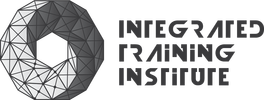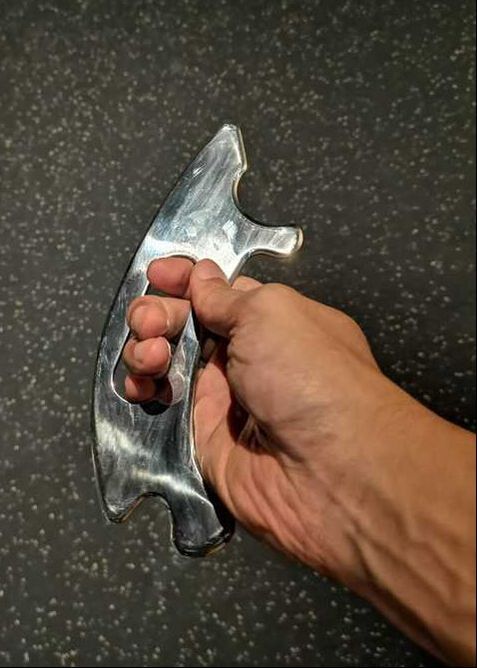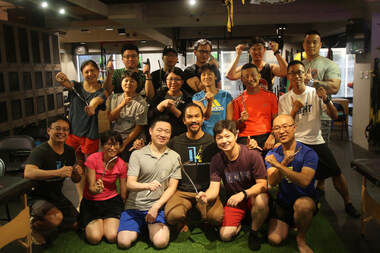|
With a plethora of IASTM tools & people using IASTM in private practise without supervision or proper training, & the increase of people on social media, promoting it like a quick fix, we dive into the top 3 worst things you can do when using IASTM. IASTM is relatively new & is seeing an increase in students on learning how to apply it for professional use in physiotherapy, chiropractic & other sports medicine or rehab settings. There are plenty of resources online where you can get information on IASTM techniques & how to do it etc. That is where the problem is. When you are not professionally trained or attend a course that doesn't really equip you with the right set of tools which includes the reasoning aspect of when to use or when not to use it, & particularly how to use the tool enough to elicit its benefits instead of causing more harm, & its such a fine line that even experienced users do it repeatedly. A great example is to have a look at what is covered if you attend a course that guides you thoroughly such as in IASTM CLINIC. If you are planning to learn or have already been using tools as part of your practise, either way, learn to avoid this mistakes at all costs. Mistake 1 | PainIt's a common thing in clinical practice, heck, even in life itself, to know someone in pain & needing to go for some kind of treatment or intervention to reduce pain or learn to manage it for the meantime. More commonly, when someone walks in through the door to see you for their pain, their CNS is already heightened & the affected area is going to be easily irritated, may be slightly inflamed, & of course tender to the touch. So you have new knowledge of IASTM tool & how it can stop the pain cycle from a recent course online or in-person & have had a few practice run on other patients/ clients, & without hesitating you take that tool out & start working at the affected area. You also advise the patient that this is normal, well of course this is normal, its painful enough by tiself without anyoen touching it, it'll be extremely normal as well to increase the pain, cause more inflammation, & increase tissue irritation with a tool. The thing is with an instrument-assisted tool, these tools are usually made of surgical steel & they have no giveaway, unlike our finger paddings. They have one-way feedback that bypasses the superficial layers of the skin & straight towards the deeper levels of the tissue. IASTM is a skill-based used with patience, the finesse of stoke depth. When someone walks in with pain, stop taking out your new tool, it doesn't make it better for a tissue that's already inflamed, in fact, you are doing yourself & that patient a disservice by causing more harm than a relief, & trust them to let people know that their visit to you did not make it better (news travel). There are other modalities out there that actually help with reducing acute inflammation & pain, not IASTM. Mistake 2 | No assessmentWhen you get too deep into things, you can get lost. Take this as a reminder that stroking across the skin or tissue does not account for an assessment. A squat, over-head reach, push up, gripping & so on are a form of physical assessment, & if you are only going to apply a few strokes on the affected trap, you will not be able to see the bigger picture on where or what is the root of the pain. There is a saying "where the pain is, it ain't there". Assessing the quality of the tissue should & would only be done after extensive physical assessments are done to rule out any other complication or compensations that may be causing you to have symptoms of pain at the area of complaint. There are many ways to assess movement & function but to keep it relatively safe for you, always work with someone who is qualified to do the assessments so you don't guess & give the wrong information out. IASTM is a great additional tool to use for assessing the quality or the state of the current tissue (affected area) but not without a thorough assessment. Mistake 3 | IASTM treatmentDeep tissue massage, trigger point, PNF, positional release & many more, can be used as a single modality treatment. IASTM is however not it. IASTM is an added or complementary to whatever you are using or doing as the main form of treatment for manual therapy. With IASTM, you can't, as there are too many components that are being left out & you would be shortchanging your patient or client. Another example of a tool that can be used as a stand-alone is the massage gun AKA vibration gun therapy. An instrument-assisted tool is mainly used to affect the nervous system & inflammatory response. Well there you have it, stop or avoid making these crucial 3 mistakes that are done behind closed doors (you know who you are). In any case that you want to learn the extended scope & cover a broader application to many cases with homework that you can start experimenting in a systematic way in your own time & comfort, you can purchase the Online IASTM Course. The course is made for both beginners with little to no experience, & those who are already well into the IASTM as it covers basic to advanced concepts on instrument assisted tools.
|
Archives
March 2024
Categories
All
|
Services |
Company |
|
|
Integrated Training Institute
|



 RSS Feed
RSS Feed